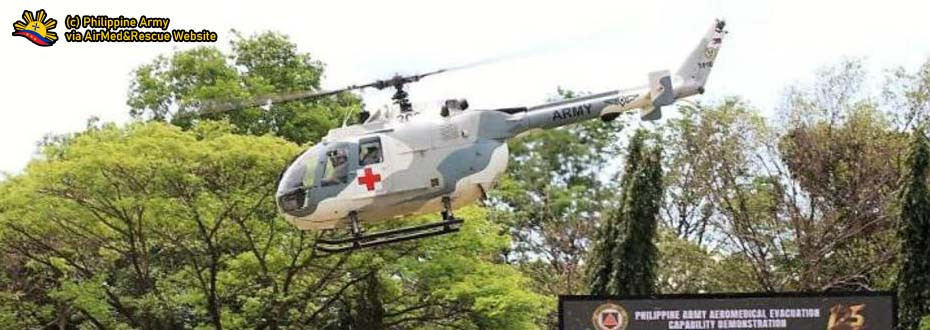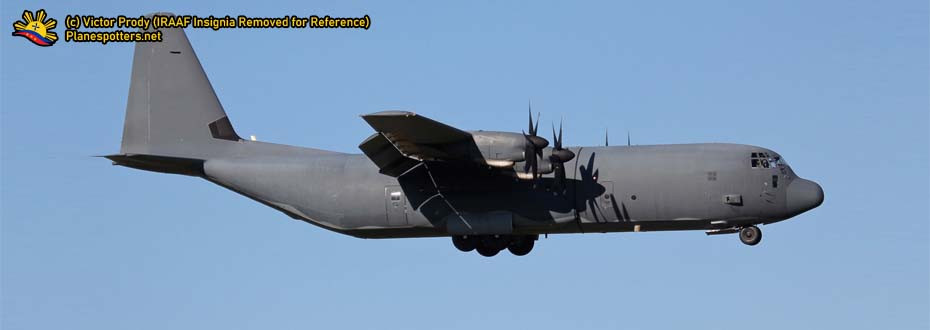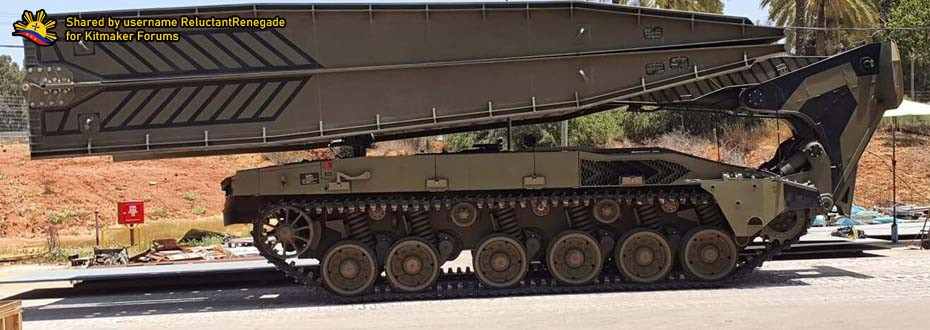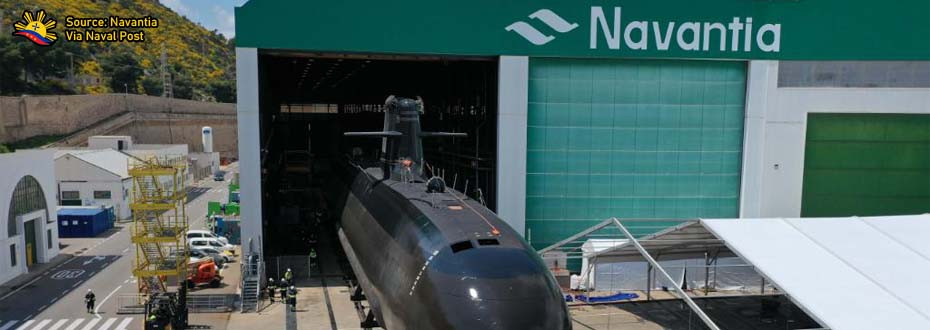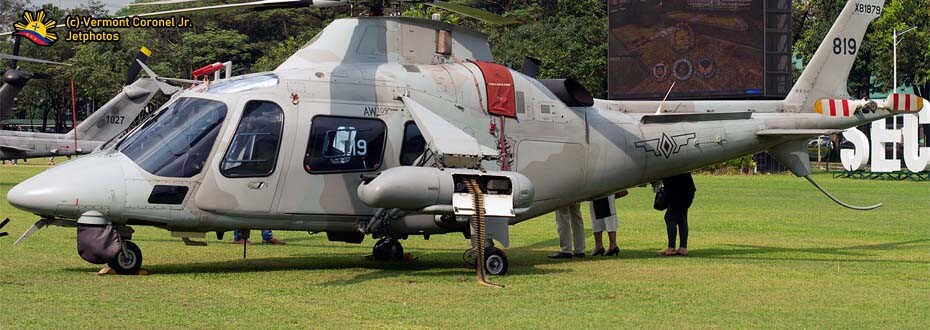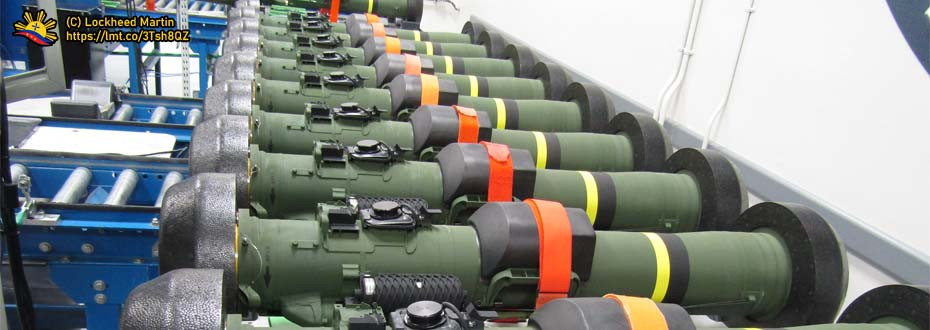IN THE HEADLINES
 |
| This is the MQ-1 Predator Drone operated by the United States. Photo Obtained from the Foxtrot Alpha website. |
Reports about these drones were barely done it on mainstream media sites, even in local, Zamboanga-based ones as per experience. It was only then that it was reported through various outlets that one of such unit "crashed" on Barangay Sta. Maria at the nearby Edwin Andrews Airbase as it approached the runway where it accidentally hit a tree upon flying so low where it endangers itself, which caused the loss of the plane which cost millions of dollars in the process. The locals barely have little idea about it considering partly the Operational Security measures that applied to the exact whereabouts of these units and its corresponding time. But these aren't dismissing the fact that the United States has several of these Predator Drones deployed in the City.
Hence, it will be as good to have knowledge about the drone itself and the place the United States chooses to deploy it in the Philippines as well as the nature of the importance of such deployment where, the island of Mindanao having the problems in terms of peace and security, makes it one of that importance.
THE U.S. MQ-1 DRONE
 |
| Photo credits provided. |
These units of long-endurance, medium-altitude unmanned aircraft system for surveillance and reconnaissance missions were created from a contract awarded for General Atomics back year 1994 for the requirements of a certain Predator program of its time. Production was started three years later which several hundred of those went to USAF with six being in the Italian Air Force. Apparently, these dates are pertaining to the first version of the Predator drone which is the RQ-1. Forum discussions with several people in service gave an idea that there are several of these said units are with the Philippine Government in which, details aren't that clear. More of this as the discussion progress in this article.
Its designation, later on, changed from RQ-1 to MQ-1, signifying its role change from plain reconnaissance or surveying target movements for decision taking to multi-role where the drone became a target exterminating machine fitted with air to ground missile system designed to zero-in on target real-time at a switch of a button away from the main operator of the drones. The AGM-114 missiles that it carries may provide such capability of shooting any threat on sight besides its intended roles of surveillance as well as providing the necessary support to the ground troops which at instances go proven within the U.S. Military. Such a use though may go uneasy at the recent time such as the one being depicted in an article two years before the present publishing date, but the US provided its help of providing services needed especially on matters like unmanned surveillance that the Philippine military still on the process of gathering related resources and honing skills regarding it.
The coverage of its deployment ranges from the Zamboanga Peninsula down to its environs like Basilan, Sulu, and Tawi-Tawi wherein these places especially the latter three comes with insurgency threats made by insurgency bandits who sought violence against the populace which is the trend when it comes to waging terrorist threats. With the range of 770 miles, its assignment in Zamboanga City simply makes sense where the aforementioned environs are within the range of this unmanned vehicle, providing a better picture of gathering intel against insurgent movements.
With such effectiveness that these drones have in the U.S. Armed Forces in gathering what they need to simply make their objectives easily done, their Philippine counterparts are keen to develop, provide and improve its own unmanned aerial vehicle program, where a number of assets are already obtained with several more may come at the future where it will be helpful in conducting local surveillance operations against local OPFOR or opposition forces like the communist rebels and radical insurgents.
THE PHILIPPINE DRONE PROCUREMENT
 |
| The Boeing Insitu ScanEagle drone that the Philippine military presently obtains. Image courtesy from Defense News. |
This goes with the aim of minimizing reliance on allies like the United States about understanding the present developments being made by the enemy. Take note that several of these programs are either available already on the inventory of the military or still in the process of procurement which awaits awarding, contract signing, and notice to proceed.
One of the drones that were purchased by the Philippine military is the Insitu ScanEagle (see image above) where it is currently in service with the Philippine Air Force where this is also used by the United States Navy and Marine Corps for their own reconnaissance operations. Since its entry into service last year, this kind of drone provides an additional capability that the military needs in order to track potential enemy movements that may pose threat to the country's national security, in both internal and external aspects that affect overall peace and stability among the citizenry and the overall sovereignty that this nation stands upon. Another drone project is the Israeli-made Hermes 900 from its manufacturer Elbit who is also the company that supplied the Philippine Army with Remote Controlled Weapons Systems-armed M-113 Infantry Fighting Vehicles and the Hermes 450 UAVs that was purchased also last year which is for the Philippine Air Force's 300th Air Intelligence and Security Wing.
These aforementioned drones, while primarily focused more on surveillance operations, have lacked the capabilities that the MQ-1 obtains where the U.S. drone is capable of carrying guided munitions that can target a threat on sight. Nevertheless, such capability isn't what the Philippine military looks for a drone given that a sufficient intel that these unmanned aerial vehicles may bring will provide inputs so as to the next action will take.
From here, additional UAVs in the fleet may help complement the U.S. operations in the country especially in the Southen Part such as in Mindanao where this enhances counter-terrorism operations in which it hampers the overall peace situation in the island. Moreover, the sharing of intel-related data and other essential information through the aid of additional surveillance equipment may help get a better picture as far as the situation on the ground is concerned, up to date.
U.S. COUNTERTERROR OPS IN MINDANAO
 |
| The U.S. General Atomics GNAT UAV in Edwin Andrews Air Base. Courtesy to Yahoo! News. |
Their primary deployment in the Philippines got prevalent especially in the first decade of the 21st Century as part of their counter-terrorism campaign more known as Operation Enduring Freedom - Philippines where it started January 2002 and ended February 2015. This operation helps decrease the overall threat of terrorism on this porous part of the country that hampers peace and development.
While the special operation for counter-terror operations have ended, they still retain a small pocket of presence in the airbase especially with the MQ-1s seen flying in the city where the locals witness it or by passengers on a passenger aircraft upon entry or exiting Zamboanga given that Zamboanga International Airport and Edwin Andrews Airbase share runways for anything involves aviation in the area, the same way that applies to both Villamor Airbase and Ninoy Aquino International Airport in Manila. Just to take note, the United States provided technical support when the Battle Marawi of 2017 broke out, where the possible use of these assets along with others help provide the upper hand to the situation which they used to provide necessary intelligence along with the ones that the AFP obtained that time and also from various nations that shared their respective information regarding the opposition forces (OPFOR) at that time which is the Islamic State.
The presence they provided even at present may show their support to the Armed Forces on ensuring peace and security on Mindanao in general especially the western part so as there may be looming threats lurking by that may pose threat to the citizenry in the region that, if not to be checked, may put harm to the innocent civilians as well as hamper the overall way of life to each and everyone living in these areas.
So, regardless of administration, the commitment of the United States to provide help to its ally the Philippines, especially in terms of providing intel about terrorist forces, will be there to stay especially that two years after the end of Operation Enduring Freedom - Philippines, the United States step up its fleet of surveillance drone deployed in the country which is the premise so as to why MQ-1s are seen in Zamboanga City even at the present date.
SUMMARY
 |
| A United States Air Force C-17 Globemaster in Zamboanga City. Photo Courtesy to The Mindanao Examiner. |
With the United States' continuous deployment of their wares in Zamboanga's Edwin Andrews Air Base, perhaps there will be more time for the locals witnessing this tech that keeps each and every citizen in the region safe from lurking terrorists and deter them from taking any action that harms the welfare of the citizenry overall. This comes even after the end of their special operations in counter-terrorism efforts in the country years ago which determines the bond of relations between two allies, enforced by the signed 1951 Mutual Defense Treaty that also went applicable in terms of defending the country before foreign threats such as the Chinese encroachment in the West Philippine Sea.
The efforts to eliminate any threats of terrorism will continue to provide in a way that these will ensure the peace and stability for the country which paves the way for growth and development that the locals and the generation succeeding them will cherish. That, in a way that these U.S. drones continue providing the Philippine authorities the information while getting resources that will complement it.








